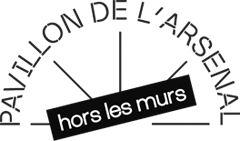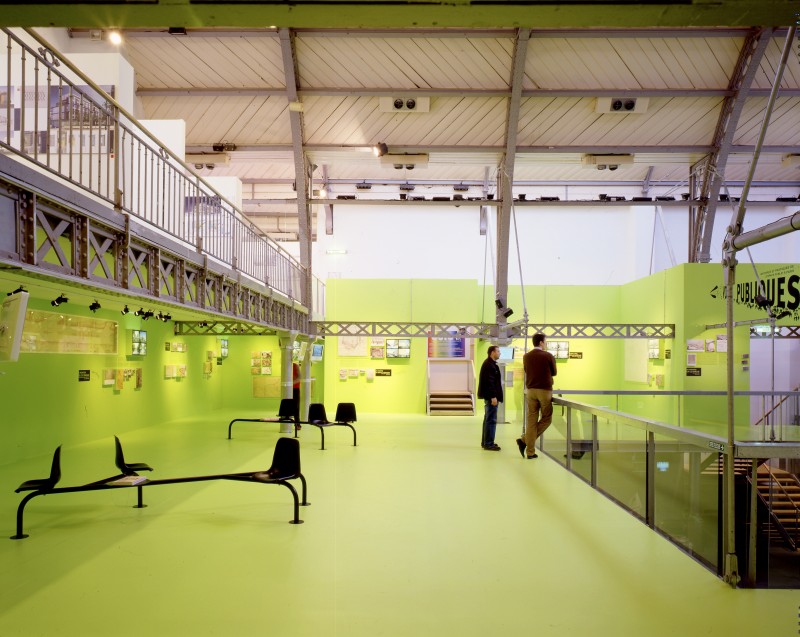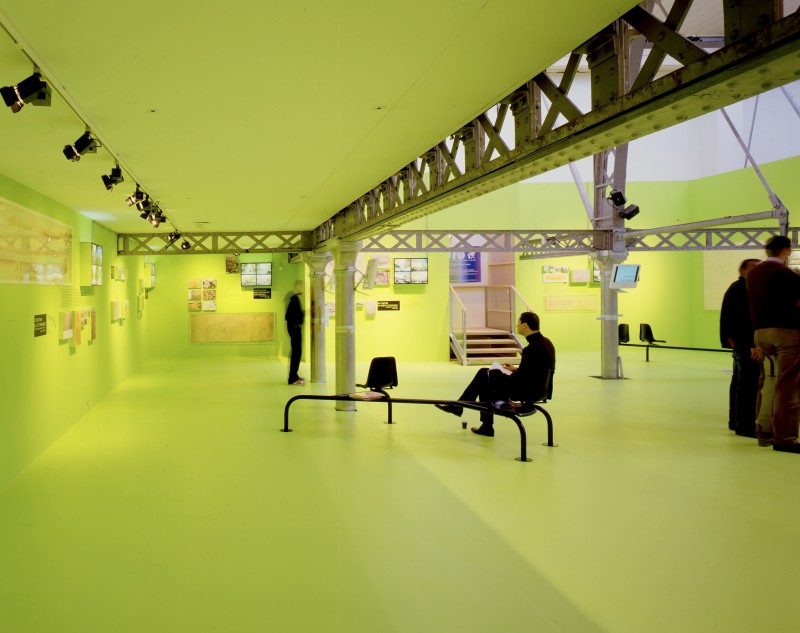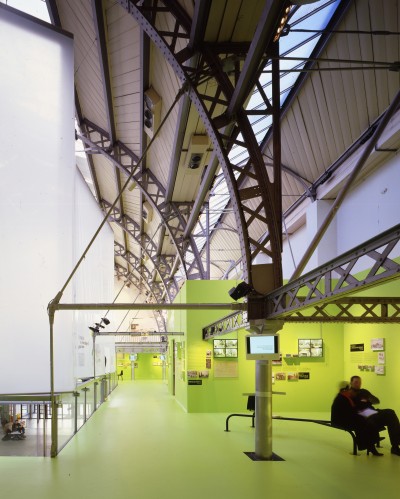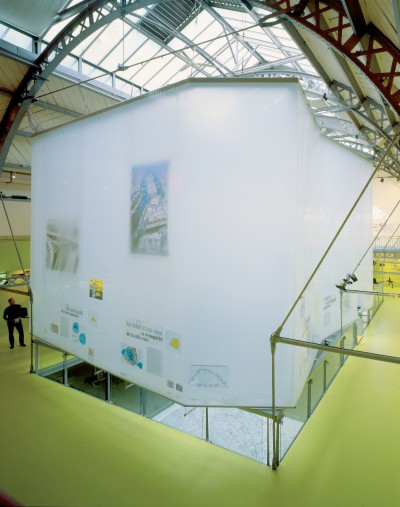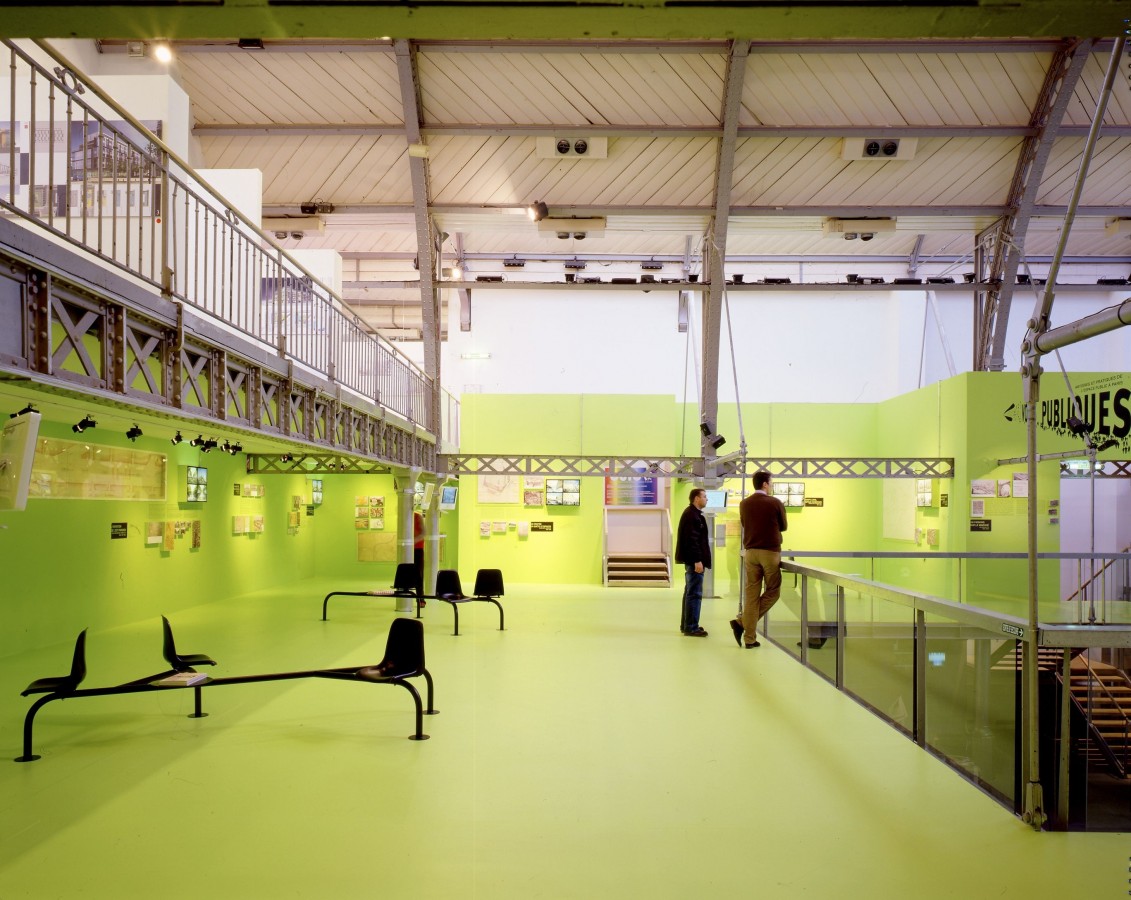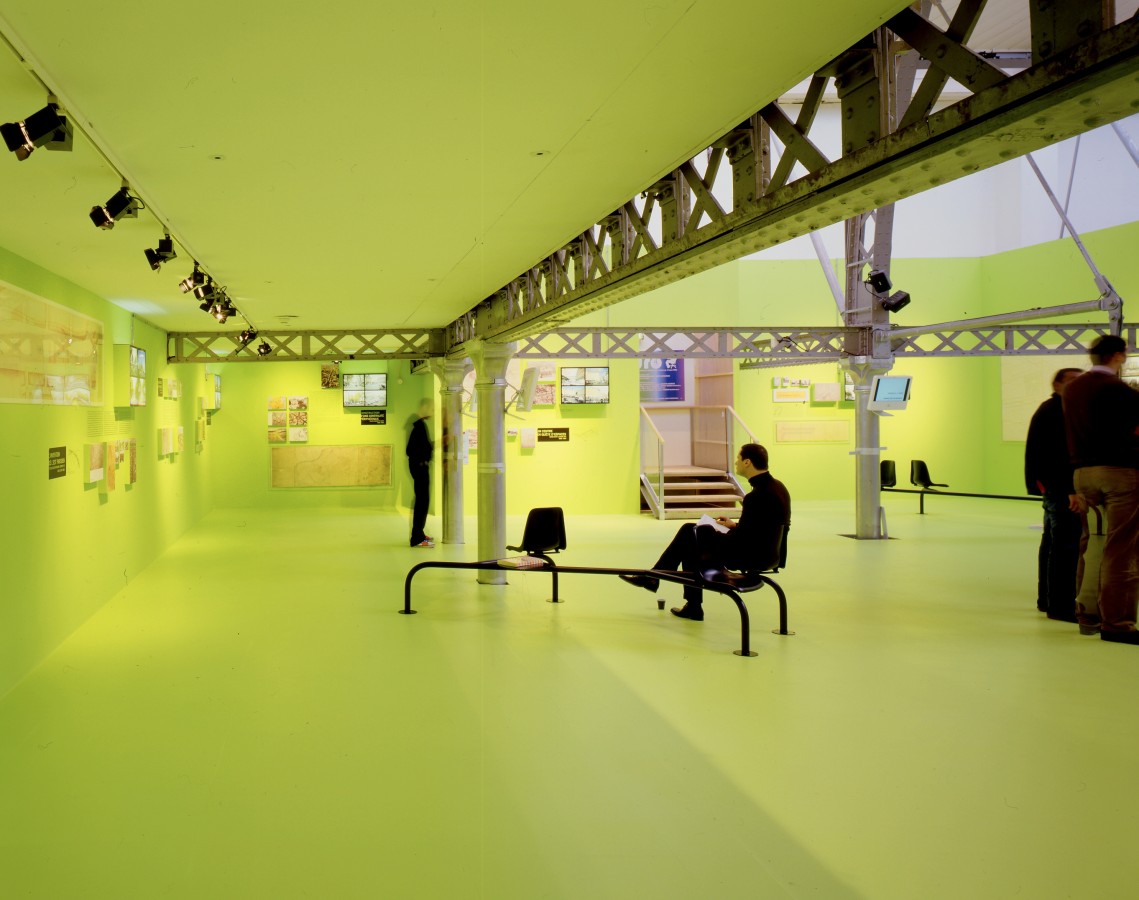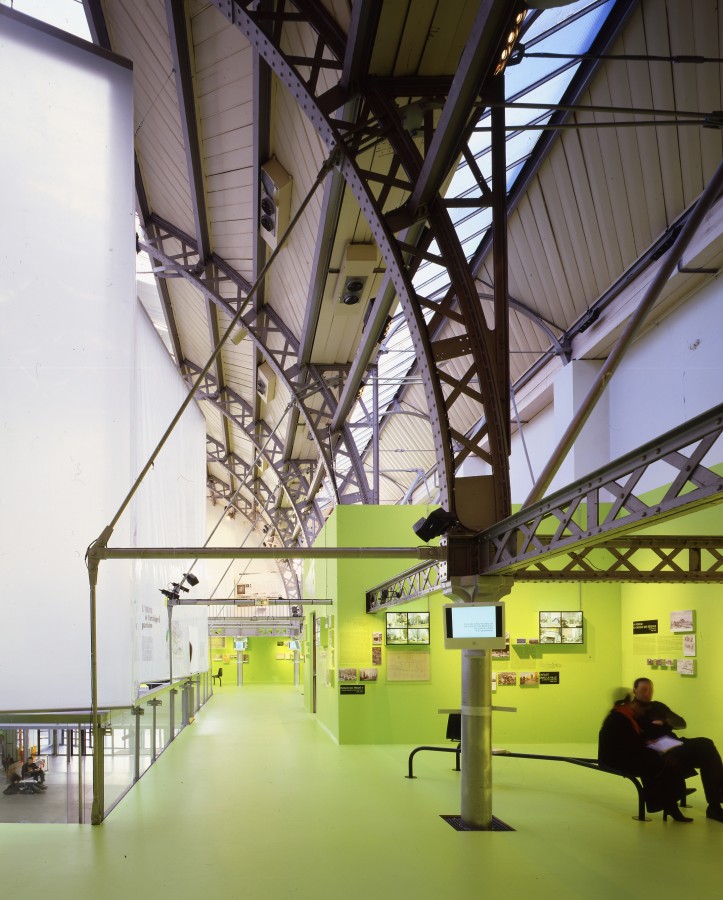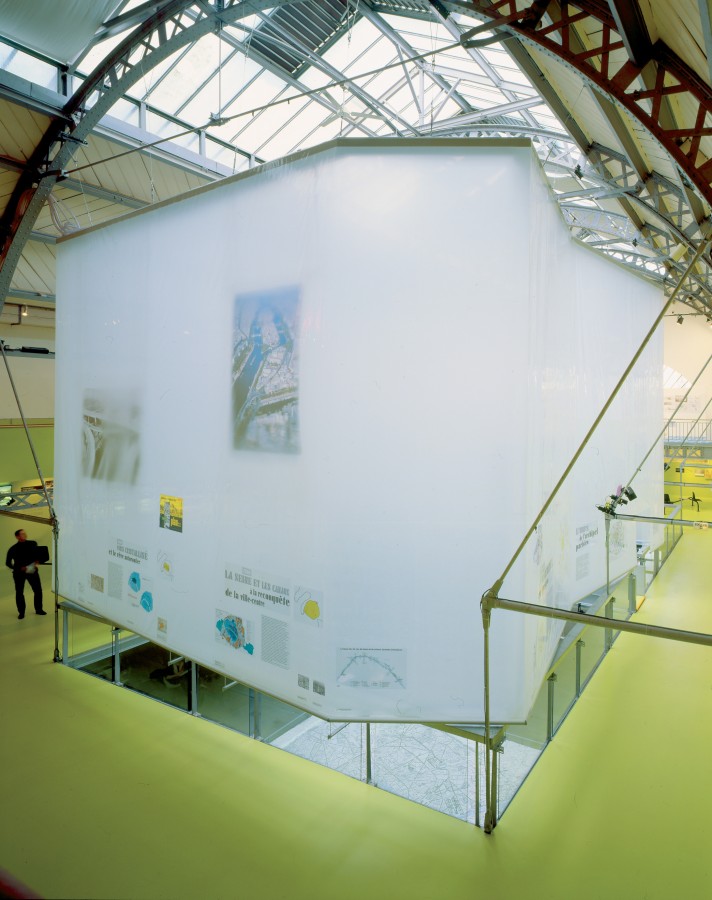The Pavillon de l'Arsenal proposes a different vision of public space in Paris.
This exhibition combines the presentation of theories of urban development, design of street furniture and, giving many examples, it contrasts the past, present and future creation of public space in Paris.
To express the rich identity of public space in Paris, the exhibition « » proposes four different themes:
- Major city planning theories and developments that transformed Paris in the 20th century.
- History of street furniture and the laws that have governed public space in Paris since the first century until our time with more than 150 illustrated dates.
- Public space and its various appearances in Paris through the analysis of "28 exemplary projects, each expressing a way to create space" as Simon Texier explains.
- New practices of public space through the analysis of 10 areas such as bus shelters, a railway station, the night-time transport network, a terminal… selected by the AWP architecture agency on the basis of their emblematic location in the city and their status in the transportation networks.
The scenography, designed as an "open landscape", includes original documents (the oldest document dates from 1856 and the largest document is 10 meters long), photographic reportages*, videos, a virtual interactive walking tour in Paris** as well as many contributions of architects, city-planners, landscape-designers and historians.
* photographs by Jérémie Buchholtz
** interactive walking tour in cooperation with the APUR (Atelier Parisien d'Urbanisme - Paris City Planning Workshop)
